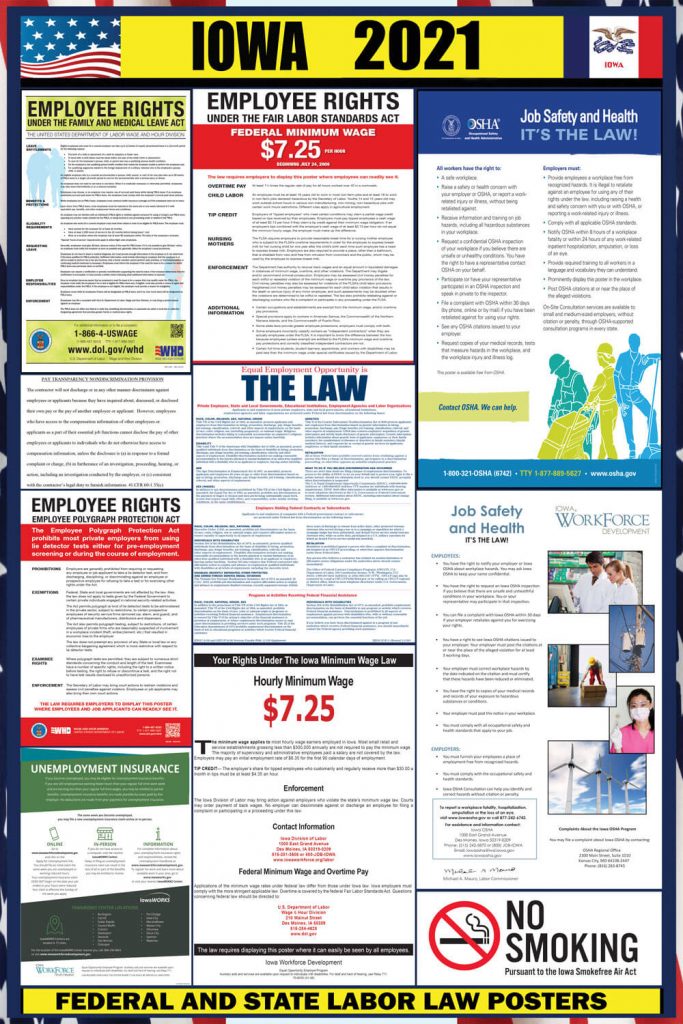
So, although there is no legal requirement that an employee must have an attorney, navigating the claims process can be much easier if the employee has one. Some laws place the burden of those expenses on the employer because it is easier for them to afford it. 87

It is also possible that the employer will be required to pay the employees legal fees at the end of the case. Instead, they will take a percentage of what the employee wins at the end of the case. In many cases, attorneys are willing to work with no upfront costs on the part of the employee. It can be a good idea to have a lawyer who is familiar with doing those things.

This might occur in court of with an administrative agency, sometimes according to complicated legal procedures. If the employer contests the employee’s claim, which happens often, legal arguments will have to be made and evidence might need to be presented. But, when employees handle their legal disputes without representation, there is sometimes an increased risk that they will lose or severely harm their case due to legal missteps that a lawyer would have avoided. Of course, there is no guarantee that a lawyer will be able to accomplish these things. Maximizing the financial damages the employee receives. An employer has the right to reject an applicant if they are less qualified for a position than the person ultimately selected. 46 Importantly, California’s protections do not extend to under-qualified applicants. If they were deterred from applying for the position because of the employer’s discriminatory practices, they may still have rights under California law. 45 In some cases, a person can be considered an “applicant” even if they haven’t actually applied for a job. If the employer does not provide a written application form, then a person is an applicant if they express a specific desire to the employer to be considered for employment. 44 They can also work only part-time for the employer. 19Ĭalifornia law expressly extends its anti-discrimination protections to applicants for employment positions. 42 Specifically, California makes it unlawful for an employer to refuse to hire a person or refuse to select the person for training that might lead to employment based on their age. 43Īn applicant is someone who files a written application with an employer. They can, for example, be on leave during portions of the calculation. The employer must have employed five or more individuals for each working day for a 20-week period some time in the last two calendar years. 16įor the purpose of calculating those five or more people, the employees do not need to be located at the same worksite-or even inside of California. 17 They just need to be “employees” of the employer, within the meaning of this calculation. 18Īdditionally, the employees included in the calculation do not actually have to work during the 20-week period. Specifically, California’s anti-discrimination protections do not apply to businesses that regularly employ fewer than five people. 15Ĭalifornia regulations provide a specific way of determining whether an employer regularly employs five or more people.

Under California law, the definition of employer includes individuals, corporations, partnerships, trusts, or other types of businesses. 14īut certain small businesses are exempt from some of California’s anti-discrimination laws. So, unless federal law is specifically mentioned, the law being discussed is FEHA.ģ.1. This article will focus on the rules applicable under FEHA because FEHA provides greater protections to most California employees than does the ADEA. In general, FEHA is more protective of employee rights than the ADEA and courts are required to interpret it broadly and vigorously to protect older workers. 8 As such, it is often advisable for employees to pursue relief under FEHA instead of the ADEA. The ADEA, for example, only covers employers who have at least 20 employees. 4 FEHA, on the other hand, applies to employers with a minimum of 5 employees. 5Ĭourts often use the ADEA to interpret FEHA, because the legislative intent behind the two statutes is largely the same. 6 But, when the two sets of laws differ, employers will usually be bound by the law that provides the highest standard of protection for the employee. 7

California’s Fair Employment and Housing Act ( FEHA). 3īoth sets of laws apply to California employers, although they sometimes differ in the scope of protections they provide to employees.


 0 kommentar(er)
0 kommentar(er)
